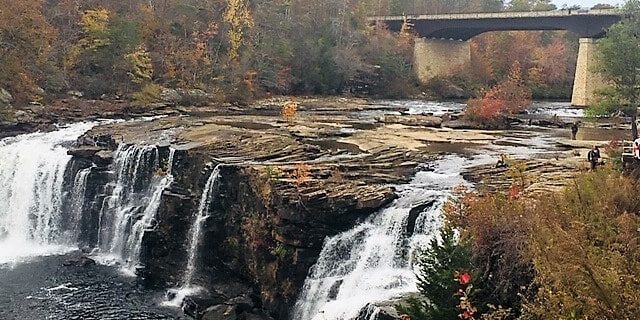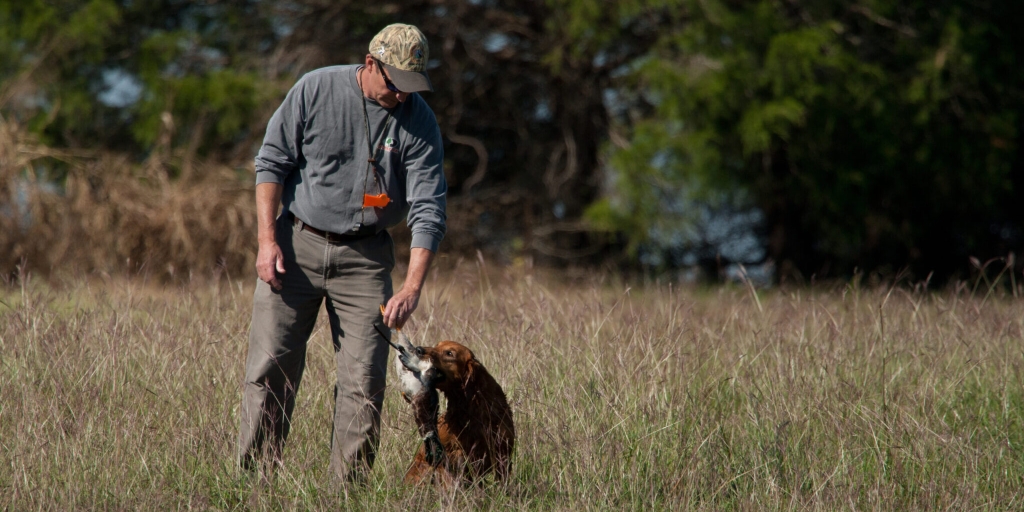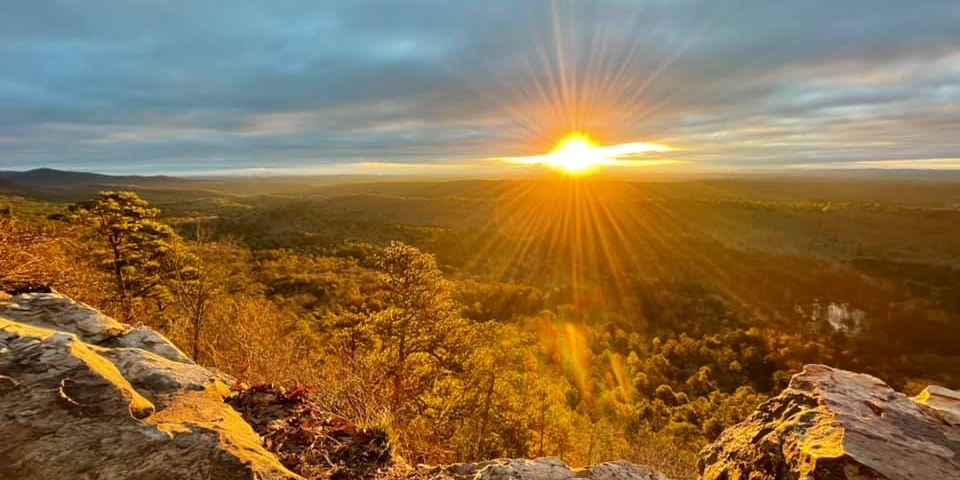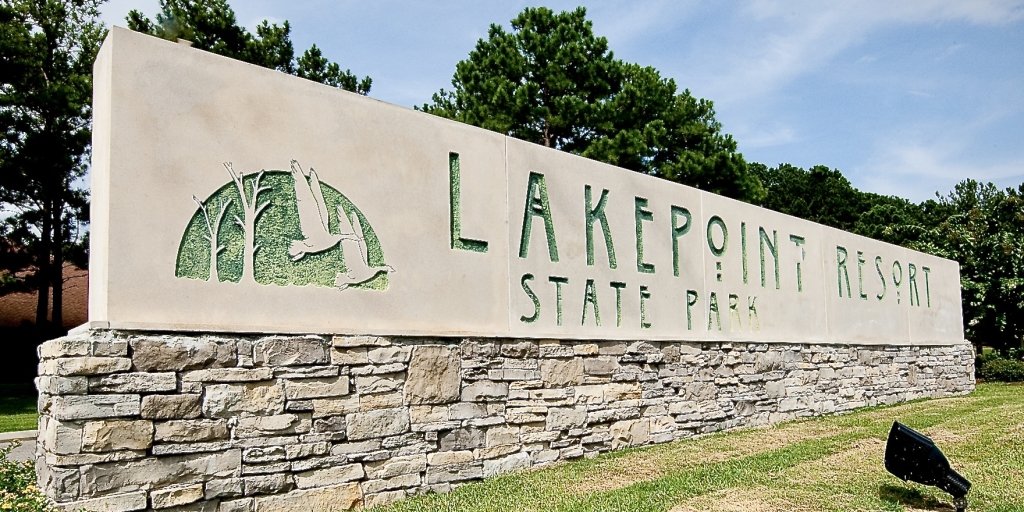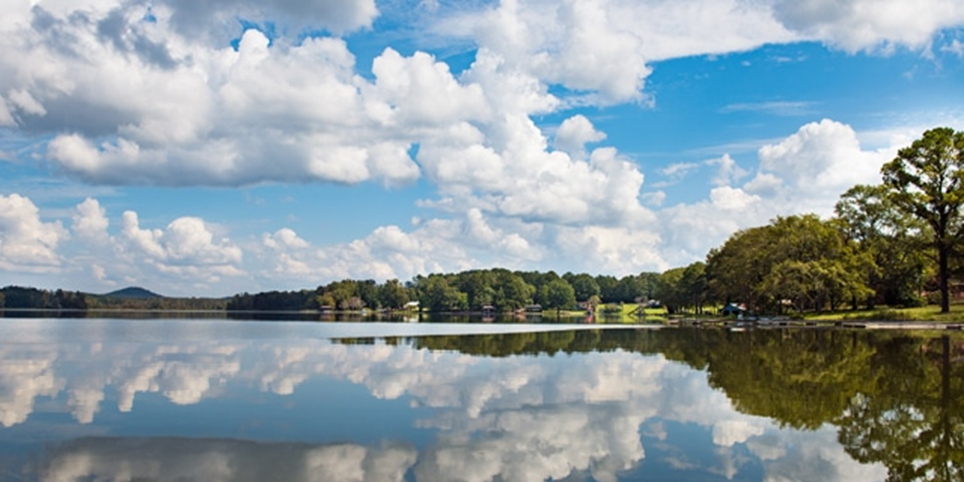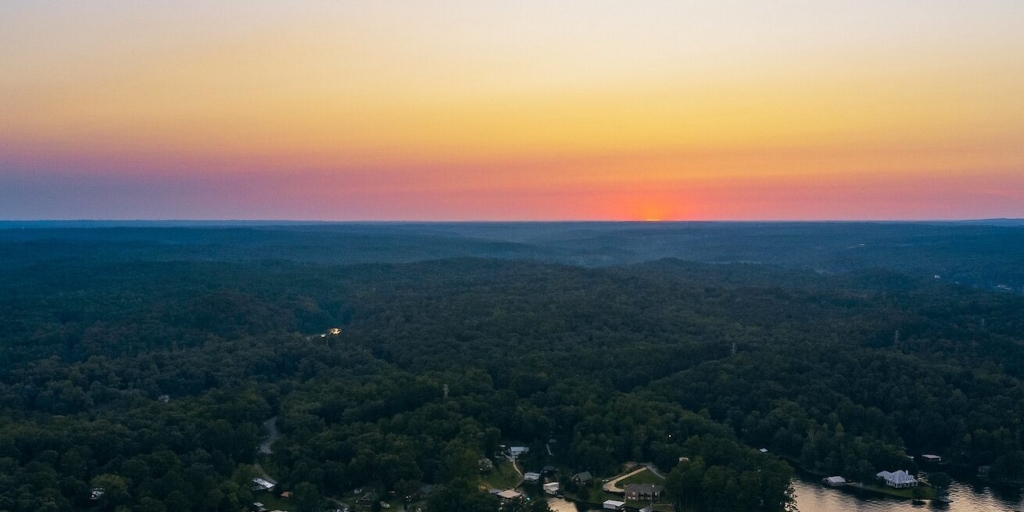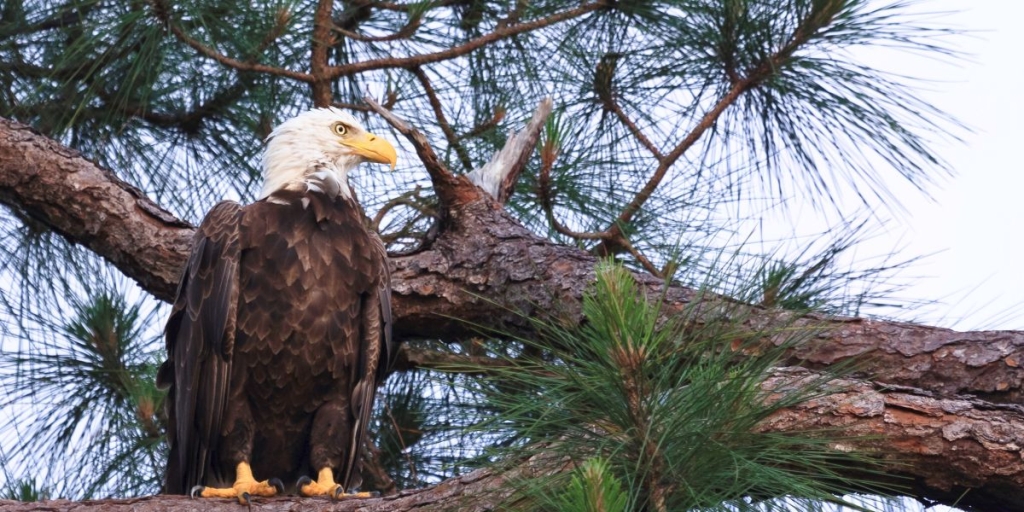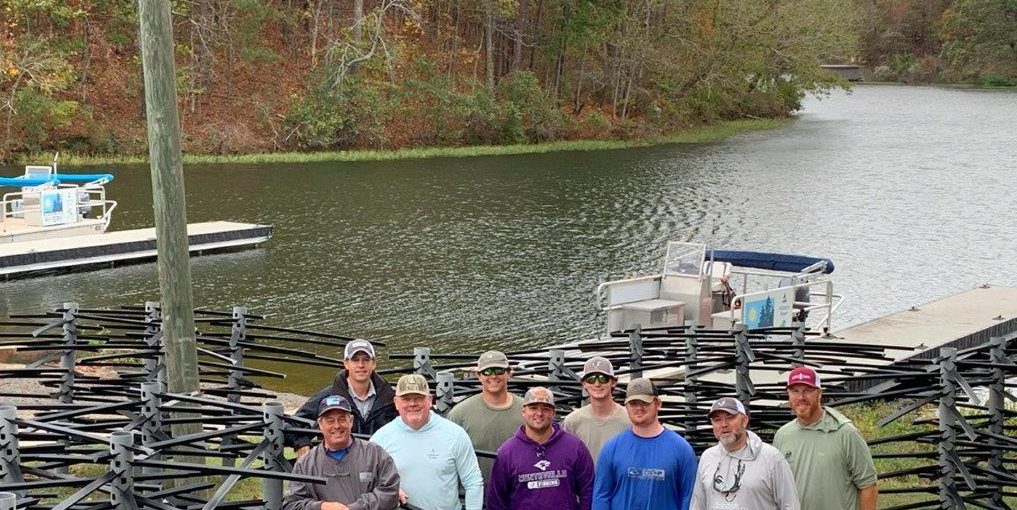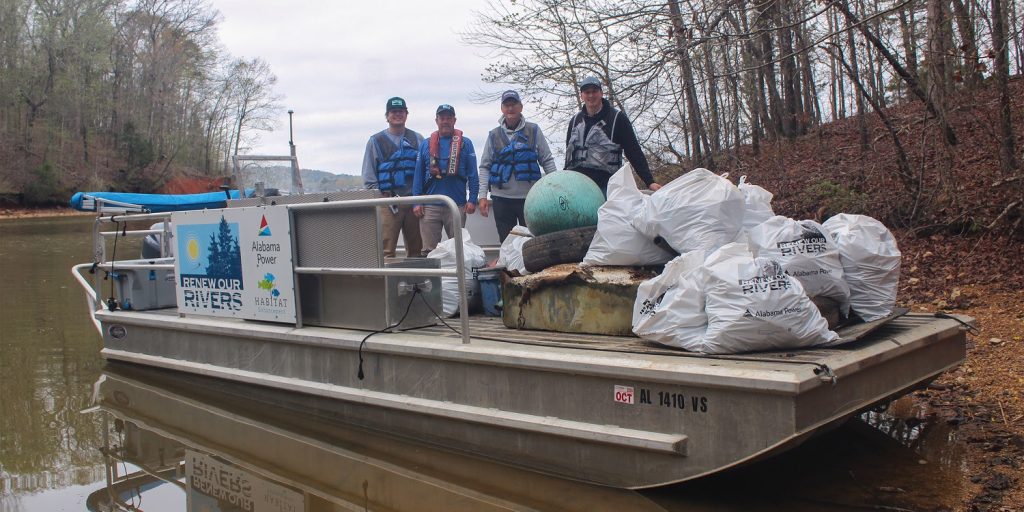Many people thought it was a crazy idea to even think about having Little River Canyon designated as a unit of the National Park Service three decades ago. Much of the land was owned by Alabama Power Company, which had a few smaller parcels in DeKalb and Cleburne counties. The task of successful collaboration was daunting, and most thought it would never happen. Some people were so opposed to the idea that they posted handmade signs on plywood reading “Keep out NPS” and “National Park NO!”
Despite the fears and negativity, the prospect began to come together through an unprecedented partnership of residents, environmentalists, civic leaders, Jacksonville State University (JSU), Alabama Power and local county and city leaders.
Pete Conroy, director of strategic partnerships and special projects at JSU, then-Alabama Power vice president Charles McCrary and others were called to testify before Congress. Despite significant pushback from some congressional members and a few outside organizations, the teamwork paid off with added and essential support from U.S. Rep. Tom Bevill and U.S. Sen. Richard Shelby.
On April 19, 1995, Little River Canyon National Preserve was announced in a grand ceremony on the rim of the canyon. On hand were supporters from across the nation, including country music star Randy Owen, National Park Service officials, regional leaders and countless community members.
Conroy had testified in August 1992, “… this area has nearly endless potential for the establishment of the nation’s cleanest and most profitable industry: tourism.” All involved were optimistic, but few expected the economic growth that would be reported all these years later by the National Park Service.
Updated studies have documented that Little River Canyon National Preserve’s economic output reached more than $10 million in 2012, then more than $50 million in 2019, then in 2021, bolstered by the impact of COVID, the output exceeded $76 million. The National Park Service’s latest report shows the impact has settled to $64.2 million. Add that all together, and so far, since 2012 – not counting the five years after JSU built the Little River Canyon Center in 2007 – the economic impact has been $479 million, nearly a half billion dollars.
“Jax State and the National Park Service have been proud partners, working with regional leaders to maximize our value,” Conroy said. “The assistance we received from the Alabama Power Company was absolutely foundational to our success, and I hope that next year, we can all have a big party and celebrate another milestone, marking 30 years since that ceremony on the rim in 1995.”
For more information about economic contributions of National Park Service visitor spending, click here.
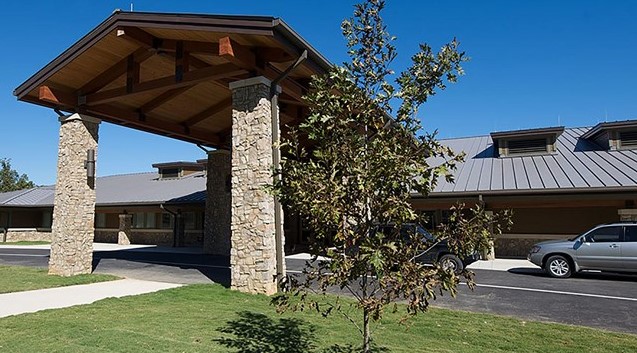
This story originally appeared on Alabama News Center.




